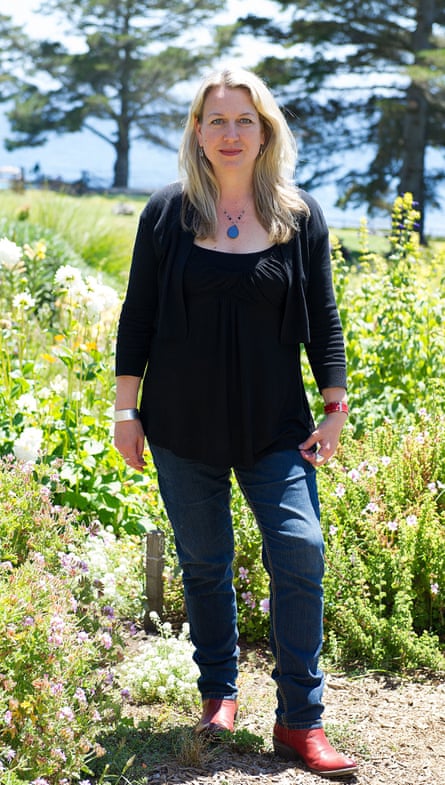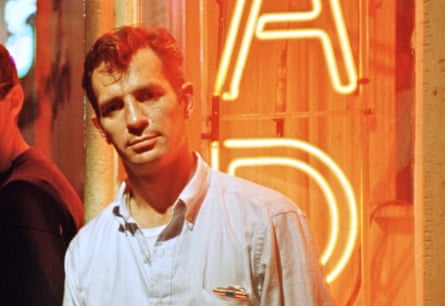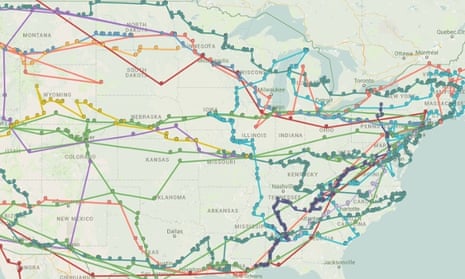Cheryl Strayed killed time at a small casino adjoining a Reno bus station at 4am, pack still strapped to her back; Jack Kerouac went down the mountain between Las Cruces, New Mexico, and Benson, Arizona, “with the clutch in and the motor off to save gas”; Bill Bryson drove through a landscape of gumdrop hills in Virginia, with a sky “full of those big fluffy clouds you always see in nautical paintings”, and came across towns with names including Snowflake, Horse Pasture and Charity.

These are just a handful of the more than 1,500 locations charted in a comprehensive and interactive map of American literature’s most iconic journeys, created by self-declared “freak for the American road trip” Richard Kreitner, in collaboration with developer Steven Melendez, and hosted online by Atlas Obscura.
“We’re at a time where so many Americans will go to see south-east Asia before Kentucky or Arkansas. That’s a real shame,” says Kreitner. He has charted every location mentioned in 12 books after travelling around the country himself and “obsessively reading” many of the classics. He then spent the last year reading and rereading on the subway, manually compiling each of the entries.
To be included, a book needed to have “a narrative arc matching the chronological and geographical arc of the trip it chronicles. It needed to be non-fictional or, as in the case of On the Road, at least told in the first person.” The process, which Kreitner describes as “quixotic”, was a lengthy one, but it “wasn’t so difficult with a beer and a record on”, he says.
The project maps something slightly more subtle, too. Kreitner finds special resonance in locations about which different authors have written at different times. He particularly likes the three varying descriptions of Crater Lake in Oregon, where Cheryl Strayed, William Least Heat-Moon and Robert Pirsig “all address the contrast between the site’s sacredness to Native Americans and its status as just another tourist site to most Americans ... You can ruminate about what those differences say about American travel, American writing, American history.”
The experience of cross-country trips is still, he argues, quintessentially American. His visual representation of this cultural phenomenon also evokes a sense of freedom. Until the frontier closed in the 19th century, “[the road trip] was like a safety valve for American cities”, says Kreitner. “If anyone was restless, they’d just hit the road. ‘Go west, young man,’ was a classic phrase. That’s still true – even though there’s no technical frontier anymore, you can still pretend there is – that’s what wanderlust is.”

The books plotted by Kreitner and Melendez
Wild by Cheryl Strayed
The Cruise of the Rolling Junk by F Scott Fitzgerald
Rolling Nowhere: Riding the Rails With America’s Hoboes by Ted Conover
A Walk Across America by Peter Jenkins
Cross Country: Fifteen Years and 90,000 Miles on the Roads and Interstates of America with Lewis and Clark by Robert Sullivan
The Lost Continent by Bill Bryson
Blue Highways: A Journey into America by William Least Heat-Moon
On the Road by Jack Kerouac
Roughing It by Mark Twain
Zen and the Art of Motorcycle Maintenance by Robert Pirsig
Travels with Charley by John Steinbeck

Comments (…)
Sign in or create your Guardian account to join the discussion